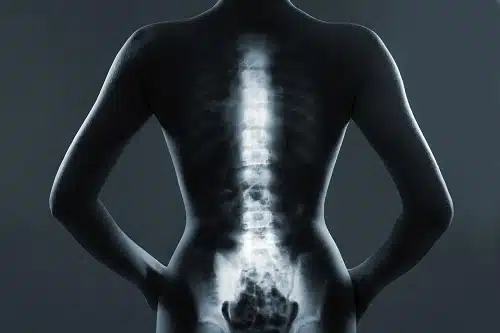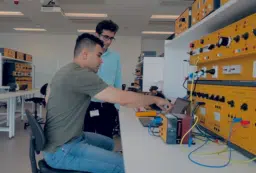Spinal cord injury can leave the sufferer with life-changing disabilities including paralysis, reduced bowel and bladder control, loss of sexual ability, and chronic pain.

Anna Leonard
In a world first, researchers from the University of Adelaide have found that after a spinal cord injury, pressure builds up in the spinal cord, peaking three days after the accident.
But because the spinal cord is encased within the spinal column, there is no space to swell and that’s where the damage magnifies, leading to the disability.
“If we can allow the spinal cord to swell safely after a major accident, we can hopefully reduce the subsequent disability” explains Dr Anna Leonard who headed up the research.
Anna and her collaborators are currently investigating a process known as ‘duraplasty,’ in which the protective layer that surrounds the spinal cord is expanded.
“In addition to the trauma from the initial impact, swelling and increased pressure causes damage that has long-term implications,” Anna says.
“Allowing some nerve tissue to remain healthy could completely change the patient’s life.”
There are several hundred spinal cord injuries each year in Australia – an average of one new injury every day.
The implications are devastating.
Currently the only medical interventions offered after spinal cord injury are surgery – to clean up bone fragments and repair physical structures – and rehabilitation.
With no treatments currently available, managing these patients costs Australia more than $2 billion per year.
Anna hopes that her research will drive the development of novel preventative measures.
Contact: Anna Leonard, 0402 136 846, anna.leonard@adelaide.edu.au

Anna Leonard presenting at Fresh Science





 Fresh Science is on hold for 2022. We will be back in 2023.
Fresh Science is on hold for 2022. We will be back in 2023.